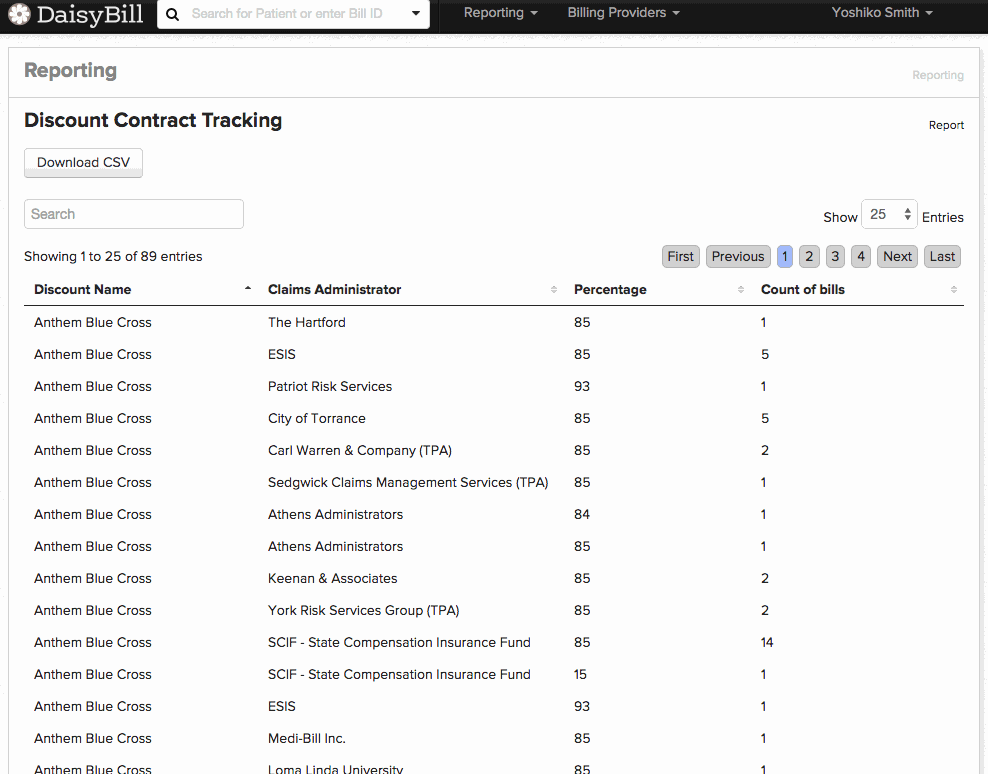Combat Discount Contract Reimbursements

Many California work comp providers believe that signing discount contracts is the only way to participate in a network. While that’s not actually true, most providers still sign these discount contracts for workers’ comp services. At the very least, providers are unrelentingly approached about signing such contracts. A word to the wise: While tempting at first, discount contracts rarely provide additional new patients, usually reduce revenue, and can be nearly impossible for billing staff to manage and track.
Here’s quick rundown of a few of the most common pitfalls that can suddenly plague providers once they sign a discount contract:
- Contracts can be sold or “rented” to other networks. The upshot? A provider cannot know that a particular injured worker is covered by a discount contract until the reduced check arrives. To make matters worse, reimbursement is often reduced as much as 30% below the allowed fee schedule reimbursement.
- Even if a provider never signs a work comp discount contract, they may unwittingly participate via group health contracts that include “workers’ compensation products.”
- Few practices have the necessary staff and resources to challenge incorrectly discounted bill payments. Those that do, end up expending huge amounts of time and effort making phone calls, submitting requests for second review, and otherwise managing the incorrect payment.
- Most practices don’t have the staffing capacity to correctly track discount contracts, so incorrectly applied discounts frequently slip through the cracks.
We can’t change the rampant discount contract renting among payers – the most we can hope to do is spread awareness that these discount contracts should be avoided.
But we can take direct aim at points three and four. Using our billing software, work comp billing professionals can manage and track discount contracts directly from DaisyBill.
Clients can easily add, edit, or delete discount contracts, and our integrated bill review automatically calculates a ‘% OMFS Allowed’ for every procedure code to alert users when a reimbursement is discounted due to a pre-existing contract. Organization administrators are even able to run custom reports to track the consistency of contract discounts, the number of bills discounted by each contract, and more. If necessary, submitting a request for second review takes as little as 30 seconds.
Don’t get us wrong – discount contracts are confusing, and usually spell bad news for a provider. But tracking and managing those contracts doesn’t have to be such a challenge.
Want to make your workers’ comp billing simple? Schedule a live demo of our electronic billing software with one of our work comp experts.
REQUEST DEMO
DaisyBill provides content as an insightful service to its readers and clients. It does not offer legal advice and cannot guarantee the accuracy or suitability of its content for a particular purpose.




.gif)
.gif)